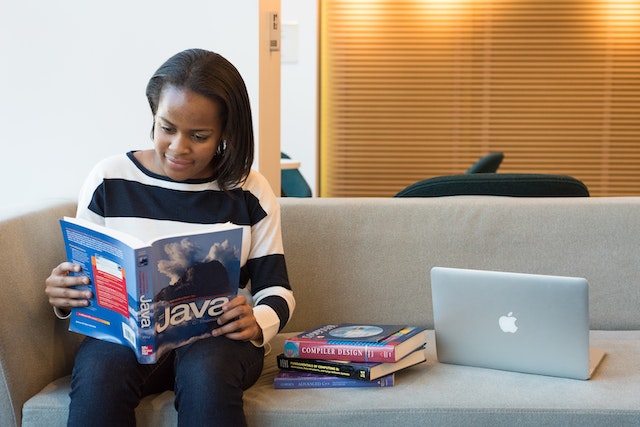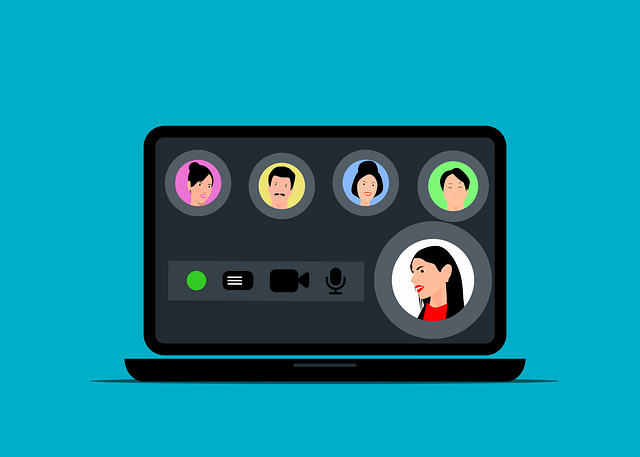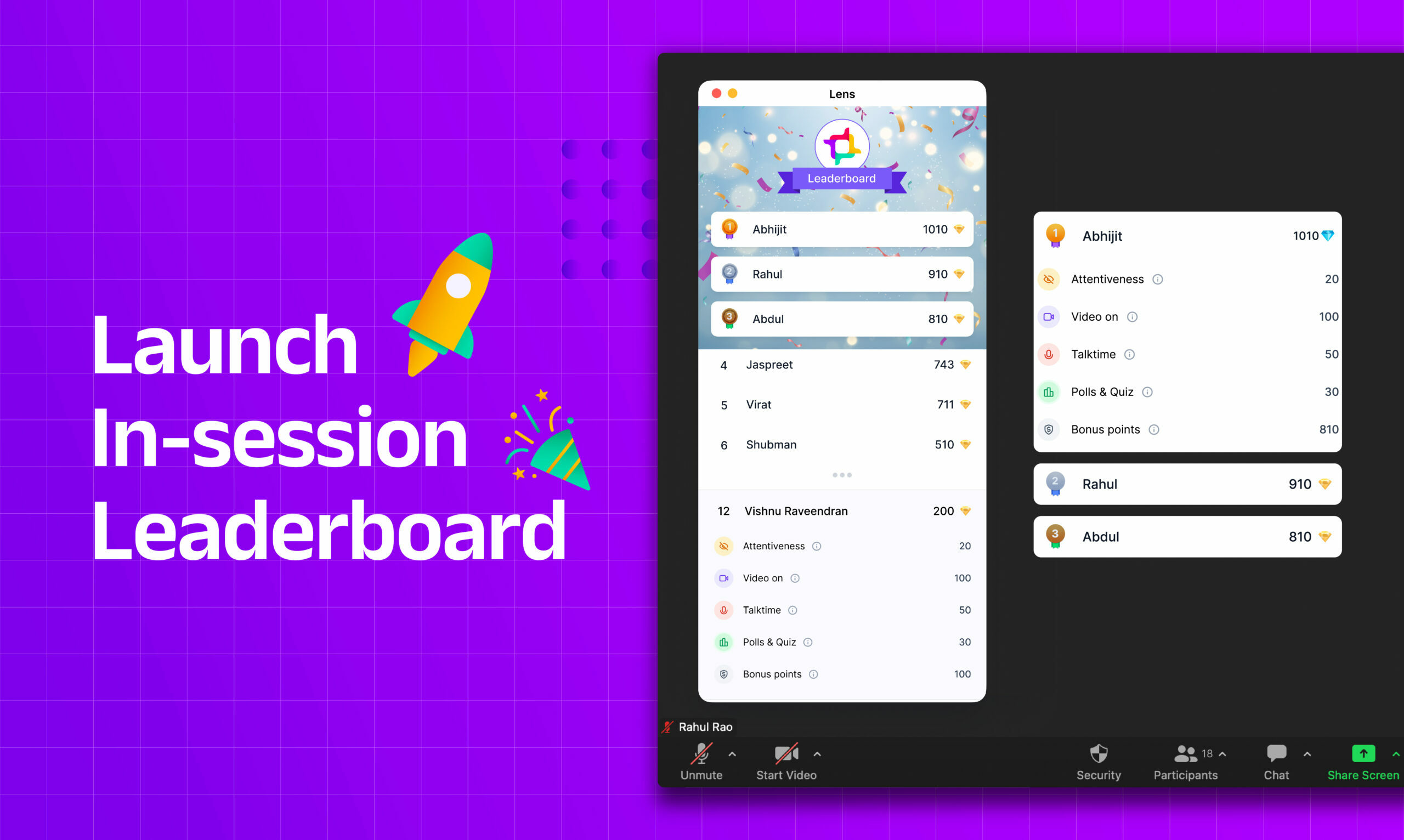In blended learning models, students engage in online activities that supplement face-to-face class time. This is an exciting new way of teaching, and it’s growing in popularity — but not just because it’s trendy. Blended learning effectively increases student achievement and engagement, mainly if you use a suitable model for your school or classroom. You can use several different models to create effective blends. Still, we have identified six types that are most commonly used: differentiated instruction (DI), flipped classroom (FC), co-teach/Hands-on Learning/Project Based Learning (CHPLPBL), online course with face-to-face meetings (OCFFM), remote supervised independent study (RSIS).
1. Differentiated instruction
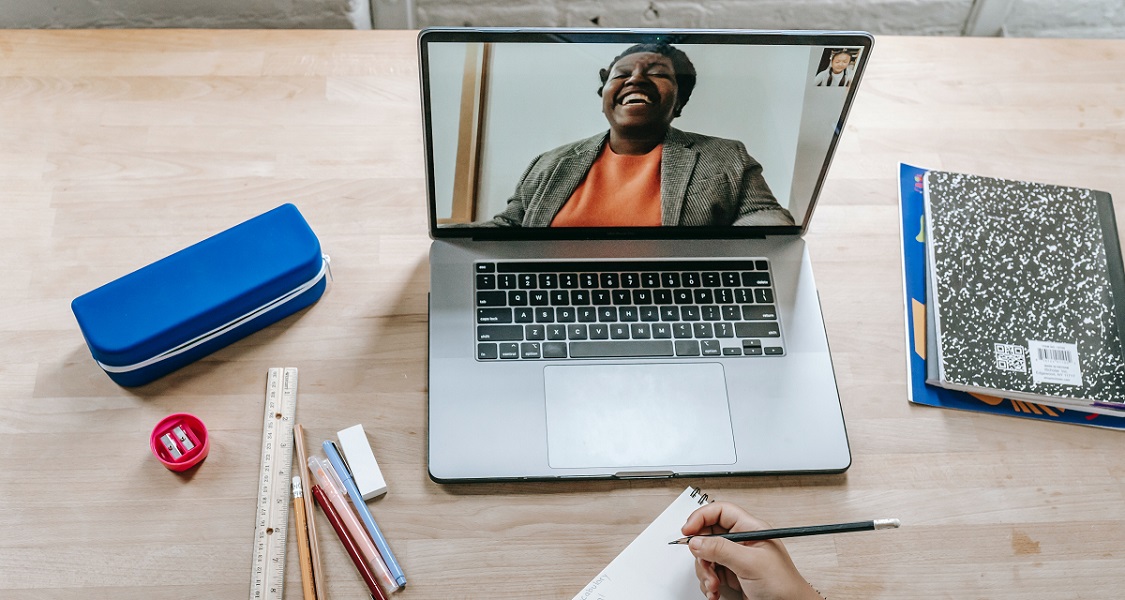
Differentiated instruction is a teaching method that uses varied methods to teach students with different learning styles. This can be done in a traditional classroom or online, but it’s especially relevant for blended learning because it allows you to differentiate your lessons.
Differentiated instruction helps students learn at their own pace and find the most effective way to learn new concepts. For example, some students may be better at grasping abstract concepts, while others need concrete examples before they understand something new–and this is where differentiated instruction comes into play! In addition to providing individualized attention for each student based on their needs and skill level, differentiated lesson plans also allow teachers more flexibility when teaching large groups of learners who may require different types of support throughout their studies (e.g., auditory vs.visual).
2. Blended learning models

Blended learning is a combination of online and face-to-face instruction. It can be used in any subject, but it’s especially effective for those that require more student collaboration or social interaction. Blended learning also works well for students who don’t have access to traditional schooling since it allows them to learn at their own pace (and outside of the classroom).
3. Flipped classroom

Flipped classroom is a learning model in which students watch lectures at home, then come to class to work on projects. The teacher’s role is to be more of a facilitator than a lecturer. This method allows for greater student engagement and active learning.
This model works well for topics that lend themselves well to video instruction or when you want your students to learn something outside of class so they can apply it later on in the course (like when you’re teaching math).
4. Co-teach/Hands-on learning/Project-based learning
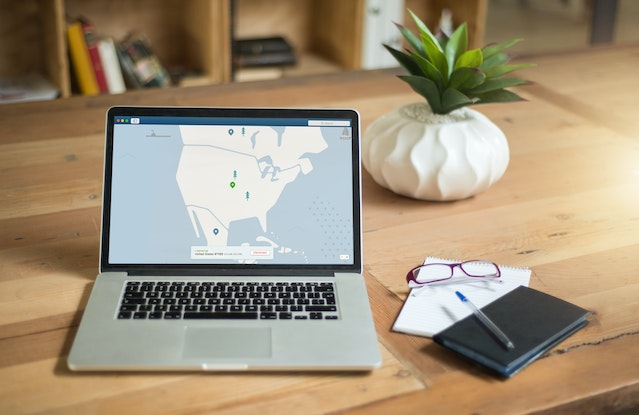
Co-teaching is a blended learning model that involves two teachers working together to deliver the same content. It’s often used in high and middle school settings, as students may have difficulty understanding complex concepts without having them explained by multiple people. Co-teaching can also be helpful for students with special needs who might require additional assistance or guidance from their teachers.
Hands-on learning is another popular blended learning model because it allows you to get your hands dirty while providing an opportunity for reflection and self-evaluation later in the process. For example: if your class is studying how water flows through pipes, why not give them some materials they can use themselves? They could build their miniature water system out of PVC pipe or even make paper mache models with different holes cut into them (or both). This way, everyone gets involved but also gets something out of the experience beyond just completing an assignment sheet; instead, they’ll learn about what makes something work differently depending on its shape or size
5. Online course with face-to-face meetings

The online course with face-to-face meetings model is a blended learning approach that combines traditional classroom learning with online activities. In this model, you’ll use various types of technology to engage your students in their own time and place–and then meet up with them in person.
To successfully implement this model, you’ll need to consider several factors: how you structure your class, what tools will be most convenient for communicating with students, and which formats will work best for different types of content. Here are some tips on how best to use each type of tool:
- Use collaboration tools like Google Docs or Microsoft Office 365 (or whatever else works best), so everyone can see what everyone else is working on at any given moment.* If possible, choose an audio recordings service such as Zoom or GoToMeeting instead of using Skype calls because those tend not only to take up more bandwidth and require each participant’s webcam before starting.* Text messages are great because they don’t require much bandwidth while still allowing real-time communication between parties involved.* As far as video goes, there isn’t anything better than actually seeing each other face-to-face!
6. Remotely supervised independent study (RSIS)

RSIS is a blended learning model that allows students to study independently, with a teacher providing guidance and support. The student is responsible for their own learning goals and time.
The teacher will provide feedback, guidance, and support.
Improving Blended Learning Strategies

In the context of blended learning strategies, tools like Lens can be beneficial for monitoring engagement and attentiveness metrics during virtual components of a course. With Lens, instructors can track how much time participants spend looking at the virtual meeting screen and how long they spend talking, which can be used as a proxy for engagement and attentiveness. Additionally, Lens offers a range of interactive features, including polls, quizzes, and an in-meeting browser, that can be incorporated into virtual lessons to help keep students engaged and learning actively. Lens can play a crucial role in supporting student success in blended learning environments by providing instructors with data and tools to monitor and increase engagement.
Conclusion
As you can see, blended learning is an exciting and complex topic. There are many different models and types of blended learning, so it’s essential to understand how each one works before deciding which one would be best for your classroom or school. But don’t worry–we’ve covered everything here! Now that you know what kinds of blended learning exist, how they work and their benefits, it should be easy for you to decide which model will work best for your students in the future.

